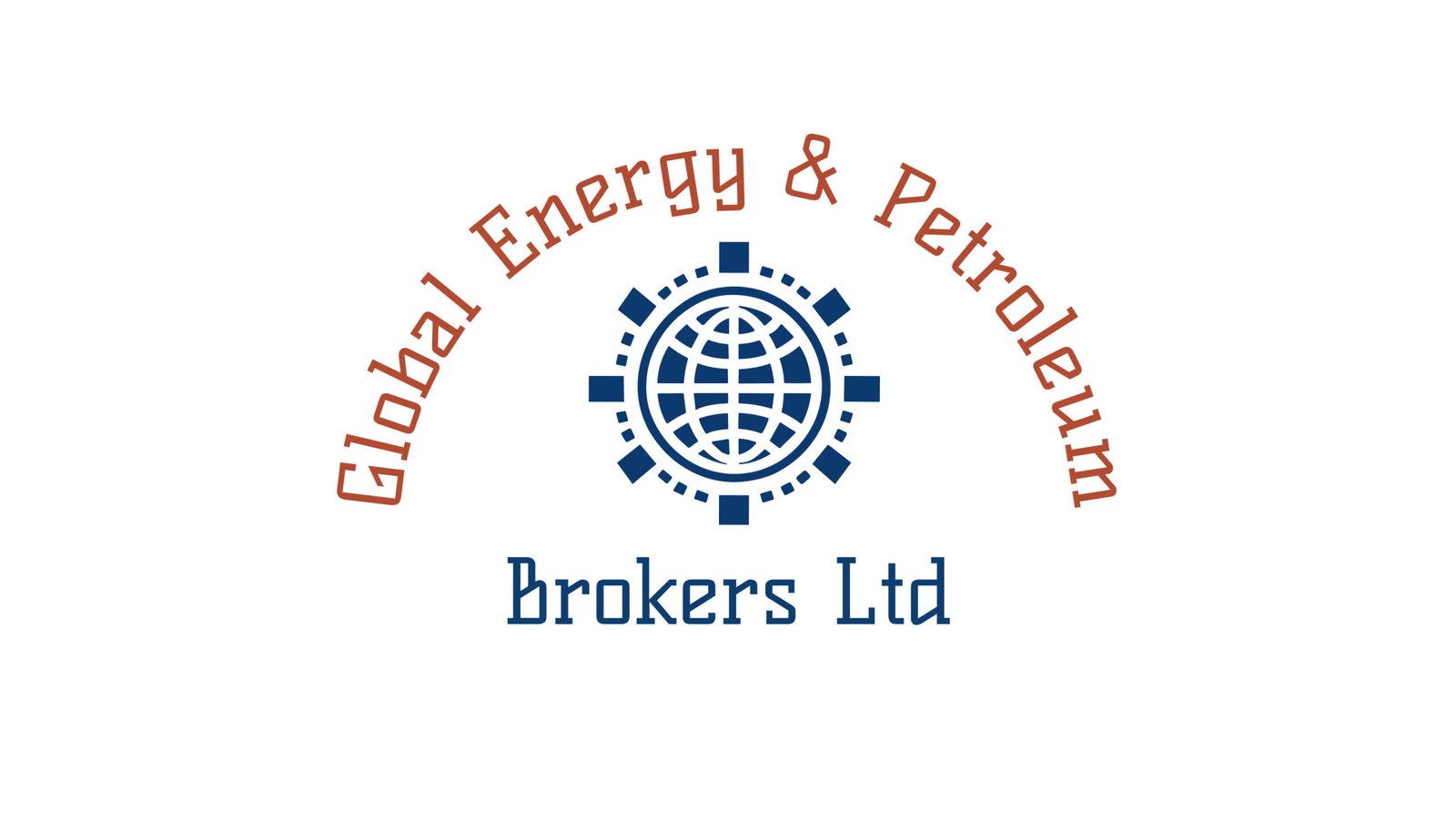By Francis Sheku Fobbie, CEO, Global Energy & Petroleum Brokers Limited, London
The influx of non-OPEC crude allows refiners to diversify supply chains, reducing reliance on OPEC+ and mitigating risks from geopolitical disruptions. Refineries with advanced upgrading units can capitalise on Guyana and Brazil’s heavier crudes to produce high-value products like diesel and jet fuel, in demand as global transportation recovers.

Introduction
The global petroleum industry is changing fast and undergoing a transformative shift, driven by the rapid rise of non-OPEC supply from regions like U.S. shale, Guyana, and Brazil. This surge in production is reshaping market dynamics, presenting both unprecedented opportunities and complex challenges for refinery owners, sales directors, and decision-makers. As non-OPEC+ countries are projected to lead global oil supply growth in 2025 and 2026, refiners must adapt strategically to capitalise on these trends while navigating potential risks. More crude’s coming from these regions, and it’s creating new possibilities for refiners—but it’s not all smooth sailing. Let’s break down what’s happening, why it matters, and what you need to watch out for.
A New Era of Non-OPEC Dominance
Non-OPEC+ supply is expected to grow significantly, with the U.S., Guyana, and Brazil at the forefront. The U.S. shale sector, particularly in the Permian Basin, continues to drive output, with forecasts estimating U.S. production at 13.34 million barrels per day (b/d) in 2025. Guyana’s offshore fields are projected to produce 1.2 million b/d, while Brazil’s deepwater fields contribute around 3 million b/d, collectively challenging OPEC’s market share. Combined, these regions have added approximately 6 million b/d to global supply in recent years, a trend expected to continue with non-OPEC liquids supply growing by 1.3 million b/d in 2025.
This shift offers refiners access to diverse, high-quality crude streams. U.S. shale, known for its light sweet crude, is ideal for producing gasoline, naphtha, and natural gas liquids (NGLs), with nearly 4 million b/d exported due to U.S. refiners’ preference for heavier crudes. Guyana and Brazil, meanwhile, provide medium-to-heavy crudes, offering flexibility for refiners equipped to process varied feedstocks. This diversity enables refiners to optimise crude slates, potentially reducing costs and enhancing margins.
This flood of oil gives refiners more options. U.S. shale produces light, sweet crude—great for gasoline and petrochemicals. Guyana and Brazil offer medium-to-heavy crudes, which work well for diesel and jet fuel. With these choices, you can mix and match to cut costs or target high-demand products.
What’s in It for Refiners?
- More Crude Choices: You’re not stuck begging OPEC for supply. U.S., Guyana, and Brazil crudes let you diversify, which is a lifesaver if geopolitics mess with Middle East exports.
- Export Potential: U.S. refiners can’t process all the light crude from shale, so about 4 million barrels per day are exported. If you’re in Europe or Asia, this is your chance to lock in affordable supply for gasoline or naphtha. Sales teams should be pitching hard to these markets.
- Cleaner Operations: U.S. shale producers are cutting methane emissions with better tech. If you align your refinery with these cleaner crudes, you’ll look better to investors and regulators pushing ESG goals.
What’s the Catch?
But it’s not all rosy. Here are the hurdles you’ll face:
- Price Swings: Shale production reacts fast to price changes. If oil drops to $40 per barrel—as some forecasts suggest for 2026—your margins could take a hit. Guyana and Brazil are steadier, but you’ll need to hedge smartly.
- Demand Slowdown: Global oil demand’s growing slower, maybe 700,000 to 1.4 million barrels per day in 2025. Petrochemicals are hot in China, but transportation fuels? Not so much. You’ll need to tweak your output to match.
- OPEC’s Moves: OPEC+ might flood the market to compete, potentially creating a surplus next year. That could keep prices low, squeezing your profits unless you’re processing cheap crude.
- U.S. Shale Decline: Some analysts see U.S. production dropping by 600,000 barrels per day by 2026 as shale fields mature. If you’re banking on U.S. crude, start eyeing Guyana or Brazil as backups.
Opportunities for Refiners
1. Feedstock Flexibility:
The influx of non-OPEC crude allows refiners to diversify supply chains, reducing reliance on OPEC+ and mitigating risks from geopolitical disruptions. Refineries with advanced upgrading units can capitalise on Guyana and Brazil’s heavier crudes to produce high-value products like diesel and jet fuel, in demand as global transportation recovers.
2. Export Market Growth:
U.S. shale’s light crude surplus creates export opportunities for refiners in Europe and Asia, where demand for gasoline and petrochemical feedstocks remains robust. Sales directors can target these markets to secure long-term contracts, leveraging competitive pricing.
3. Sustainability and Efficiency:
Non-OPEC producers, particularly in the U.S., are adopting technologies to reduce methane emissions and improve operational efficiency. Refiners aligning with these trends can enhance their ESG (Environmental, Social, Governance) profiles, appealing to investors and regulators.
Challenges to Navigate
1. Price Volatility:
U.S. shale is highly responsive to price shifts, unlike more stable production from Guyana and Brazil. With crude oil prices projected to start at $72 per barrel in 2025 and potentially drop to $41 in a low-price scenario, refiners face margin pressures if oversupply depresses prices. Strategic hedging and flexible refining configurations will be critical.
2. Demand Uncertainty:
Global oil demand growth is slowing, projected at 730,000 to 1.4 million b/d in 2025, driven by petrochemical demand in China but tempered by declining transportation fuel use. Refiners must balance product portfolios to align with shifting demand patterns.
3. OPEC+ Response:
OPEC+ may counter non-OPEC growth with production adjustments, potentially leading to a global oil surplus in 2025. This could cap price upside, challenging refiners’ profitability unless they optimise for low-cost feedstocks.
4. U.S. Production Decline Risks:
Forecasts indicate U.S. oil production could decline by 640,000 b/d by 2026 due to maturing shale fields. Refiners reliant on U.S. shale must plan for potential supply constraints, diversifying sourcing to Guyana, Brazil, or Canada.
Strategic Imperatives for Refiners
To thrive in this dynamic landscape, refinery owners and sales decision-makers must act decisively:
– Invest in Flexibility: Upgrade facilities to handle a broader range of crudes, from U.S. shale’s light sweet to Guyana’s heavier grades.
– Strengthen Market Access: Sales directors should prioritise partnerships in high-demand regions like Asia, leveraging non-OPEC supply to secure competitive contracts.
– Monitor Geopolitics and Policy: Stay agile in response to OPEC+ strategies and potential U.S.-Iran tensions, which could disrupt supply chains.
– Embrace Digitalisation: Use AI and data analytics to optimise refining processes, reduce costs, and enhance product yields, aligning with industry trends toward efficiency.
Conclusion
The rise of non-OPEC supply from U.S. shale, Guyana, and Brazil is reshaping the petroleum industry, offering refiners a chance to diversify feedstocks, tap new markets, and enhance competitiveness. However, price volatility, demand uncertainty, and potential supply constraints demand strategic foresight. By investing in flexibility, forging strategic partnerships, and embracing innovation, refiners can turn these market dynamics into a competitive advantage, positioning themselves for success in 2025 and beyond.
The rise of U.S. shale, Guyana, and Brazil is a big deal for refiners. There are more crude options and export markets to tap, but you’ll need to navigate price risks, demand shifts, and OPEC’s next moves. Stay flexible, lean on tech, and build smart partnerships, especially with Brokers, to come out on top. This isn’t a revolution, it’s a chance to adapt and win in a changing market.

